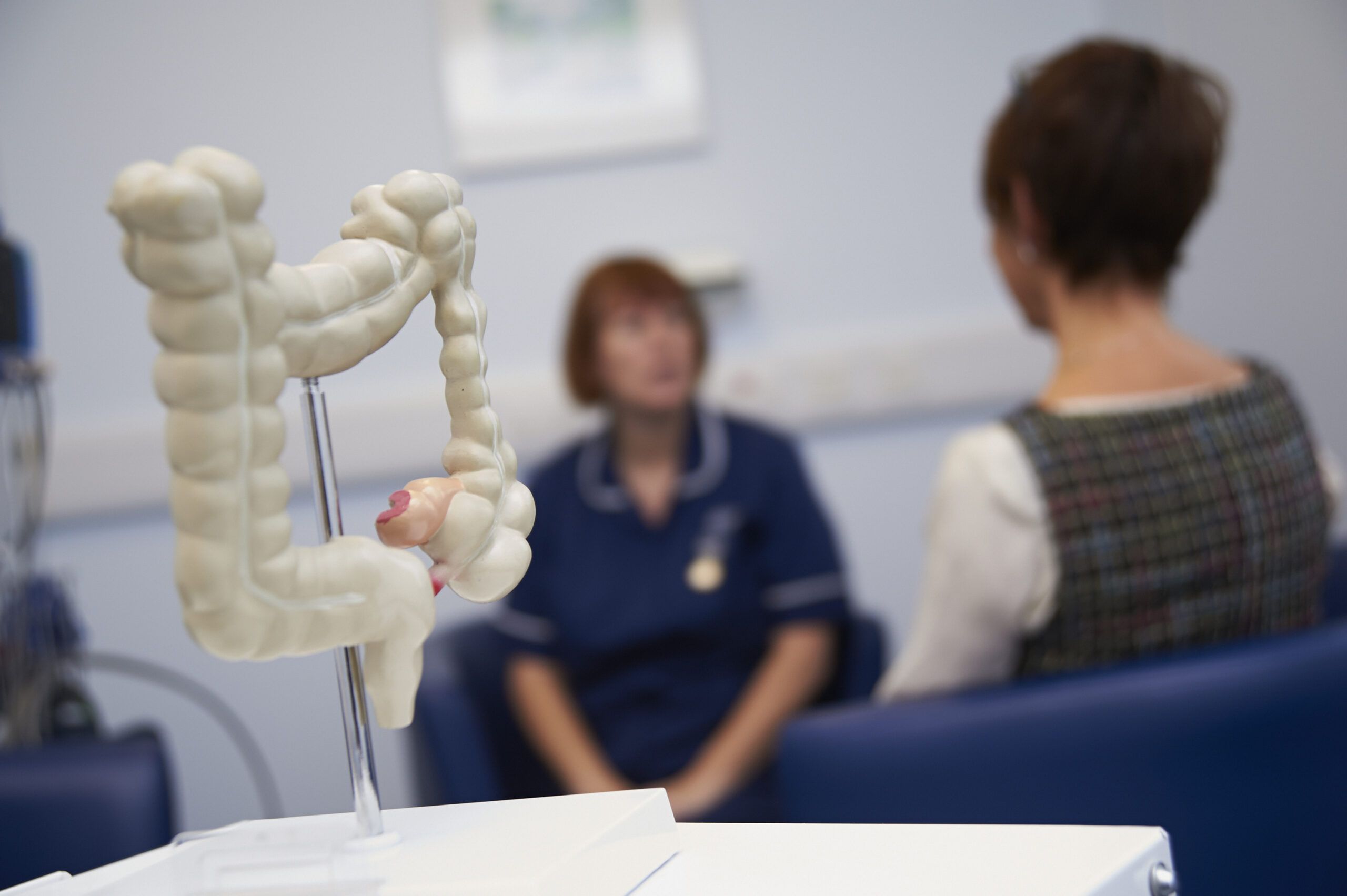Healthy Mum, Healthy Baby, Healthy Future – a year on, what progress has been made?
“We cannot allow another 40 years to pass by with no new medicines for pregnant women” – Professor Katie Morris reflects on BHP’s Pregnancy Policy Commission and its work since the publication of the Healthy Mum, Healthy Baby, Healthy Future report in 2022.
Most pregnant women will have a healthy pregnancy and give birth to healthy babies. An increasing number of women, however, will either have one or more health conditions before they become pregnant which require on-going treatment, or they may develop complications of pregnancy which require treatment.
The care of these women is severely hampered by a lack of suitable medicines, that we definitively know to be safe and effective for use in pregnancy or during breastfeeding. As a consequence, women and babies worldwide continue to become sick and die during or immediately after pregnancy. Despite this, over the last 40 years, only two new medicines have been approved for use in pregnancy.
Birmingham Health Partners‘ 2021 report, ‘Safe and Effective Medicines for Use in Pregnancy: A Call to Action’ highlighted the absence of research and information on the safety of medicines in pregnancy. It also drew attention to the urgent health needs of this neglected group both nationally and internationally, and the potential for saving and improving millions of lives globally.
As a direct response to this report the University of Birmingham and Birmingham Health Partners convened a Policy Commission focussing on the UK, canvassing knowledge and opinions from key parties including patient groups, the pharmaceutical industry, scientists, clinicians, NHS leaders, regulators and insurers. It aimed to explore the scale of the problems that are preventing the evaluation and development of safe medicines for use in pregnancy and collected recommendations for how these could be overcome.
The Commission report was published in May 2022 and entitled “Healthy Mum, Healthy Baby, Healthy Future.” It made a series of eight recommendations related to advocacy, widening participation of pregnant women in clinical trials, updating information on existing medicines, de-risking the insurance process for clinical trials, incentivising industry to develop pregnancy specific medicines, establishing a UK-wide network of research centres, improving the use of routine data, and appointing a UK steering committee to deliver these recommendations.
Over the last year, members of the Commission have been working to develop the steering group and engage with industry and insurance companies to drive forward these recommendations. There are challenges in driving this agenda forwards which can be broadly described as a de-prioritisation of women’s health, and particularly pregnancy, by industry and in the delivery of clinical trials related to workforce and capacity.
Without combined efforts from all stakeholders; public, scientific, clinical, industry, regulatory and governmental sectors, we will not see any progress. The first step will be through co-ordinated efforts via the recently formed steering committee and renewed approaches for engagement with industry and insurance providers.
We cannot allow another 40 years to pass by with no new medicines for pregnant women.
Together these stakeholders must advocate for change, respond to research and funding issues, and, where necessary, work to change official guidance or law to enable progress in this much neglected area.
The UK is well placed to become a global pioneer of maternal health research innovation. We have the health infrastructure of our NHS, with its birth-to-death records. Our medicines regulator is able to fast-track drug development and make changes to streamline the process, as well as working globally with Europe, the US and other regions. We are already a global hub for insurance – and we can support and build on this to add to our potential in becoming a leader in clinical studies for medicines in pregnancy.
There is an urgent need for action to address the underserved area of medicines use in pregnancy. Without it, women and babies will continue to die when they could be saved. They will continue to experience long-term health effects, disability and distress, which might be avoided. It is no longer ethical to deny pregnant women and their unborn babies access to safe, modern medicines that the rest of the population enjoys.
Professor R. Katie Morris MBChB, PhD, MRCOG, Professor of Obstetrics and Maternal Fetal Medicine
Director of Birmingham Clinical Trials Unit
Honorary Consultant Maternal Fetal Medicine, Birmingham Women’s and Children’s Hospital






